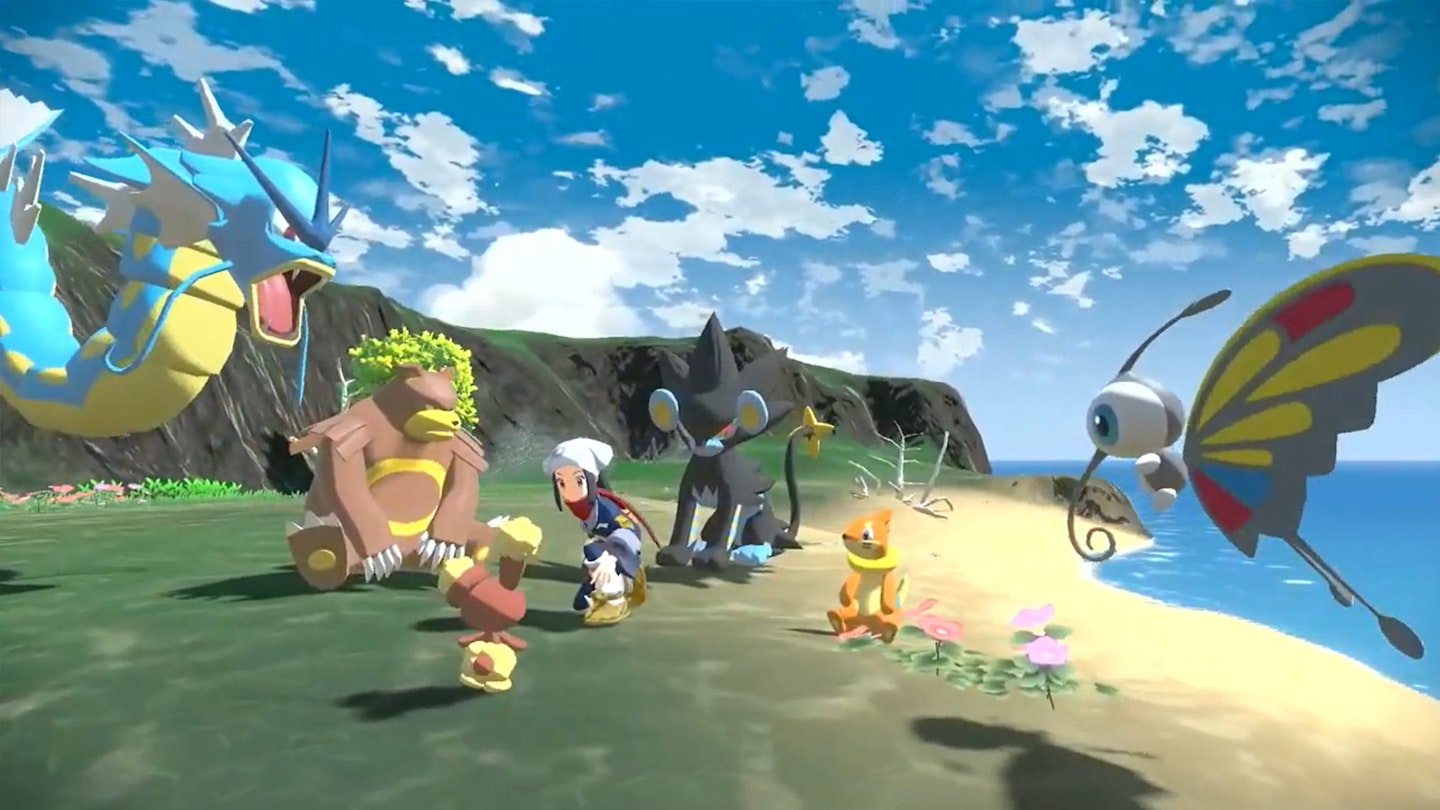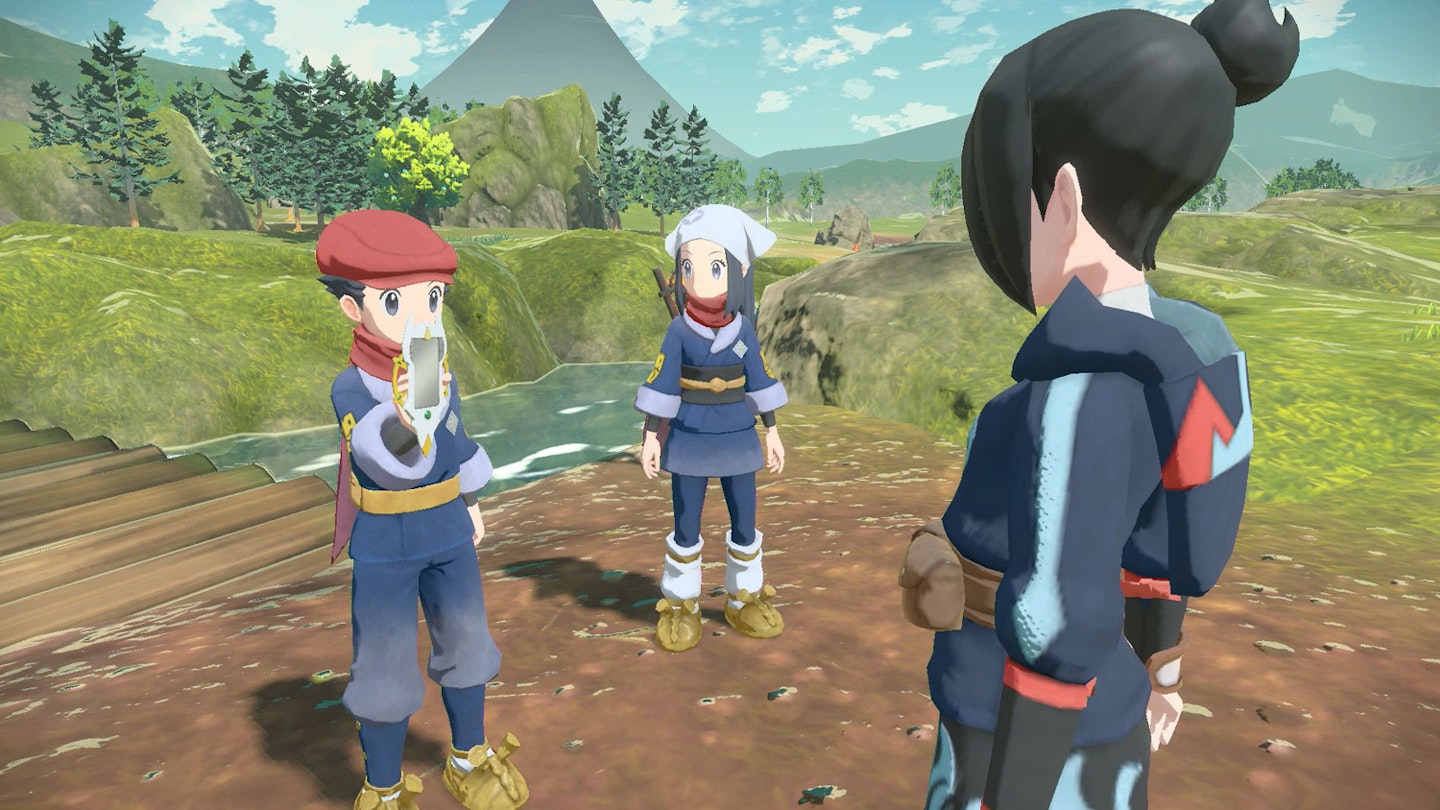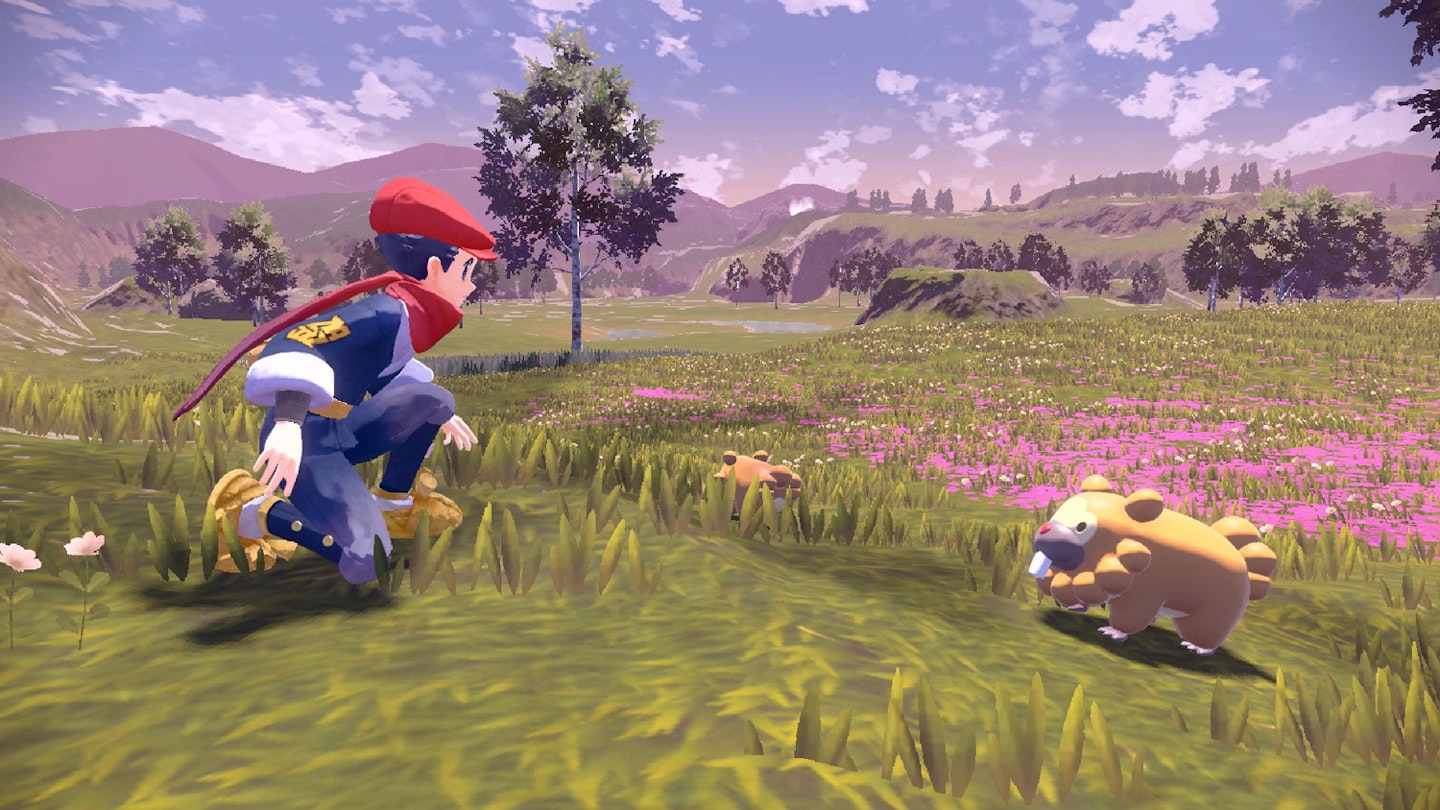Platform: Nintendo Switch
Pokémon fans have been clamouring for an open-world take on the monster-battling mega hit for years, but the closest the series came was the “Wild Areas” in Pokémon Sword and Shield. Pokémon Legends: Arceus still isn’t that open-world game fans have been wanting - not quite - but it is, hands down, the best Pokémon game in years.
This is especially true for long-term fans of the franchise. Arceus stays true to the spirit of the core games, but reinvents everything players might think they know about how a Pokémon game plays. Set in the distant past of the Sinnoh Region - the setting of Pokémon Brilliant Diamond and Shining Pearl - when the land is known as Hisui, players are charged with completing the very first Pokédex, the encyclopaedia of Pokémon in the world.
However, where in previous entries, gathering a Pokémon’s data is as simple as catching one, here you’ll need to catch or battle multiple specimens. Taking a leaf from mobile game Pokémon GO, catching Pokémon in Arceus can be as simple as lobbing a Pokéball at their heads as they roam about freely. Gone are the random encounters if you step into long grass - instead, you’re what lurks in the weeds, using foliage as camouflage to sneak up on unsuspecting creatures.

When battles are involved, they also get a welcome reimagining. Although still turn-based, Arceus elevates combat with the introduction of Agile Style and Strong Style modifiers - once a Pokémon has mastered a move, through repeated use or sometimes just levelling up, you’ll be able to select between attack modes with each turn. Agile reduces attack power but increases speed, granting extra, consecutive turns, while Strong boosts attack, at the cost of risking losing a turn. This tweak makes Pokémon battles feel fresh for the first time in years, adding an extra layer to the tactics.
Ironically, it’s taken a Pokémon game that goes to the distant past to make a case for the series’ future.
Arceus’ updates to the series formula go further, changing how the Pokémon themselves work. Gone is the hard limit of four moves per creature - now you’ll select four active moves from a wider pool that each Pokémon has learned. The frustrating tendency for Pokémon to try to evolve with every level-up after a certain point (when players will often want to keep them in an earlier form to learn more powerful moves sooner) is happily gone too - now, a message tells players when a Pokémon is ready to evolve, and it’s up to them when they do so. A host of similar considerations throughout the game combine to make Arceus far more streamlined and enjoyable than many of its predecessors.

Even the story - which often feels like something of an afterthought in Pokémon games - is a significant step up, casting the player as a time-lost traveller aiding a survey expedition in researching Pokémon and developing the Hisui Region. It’s a tale that touches on themes of predestination and fate, with a strange melancholy as a result of being set in the past.
About the only area where Arceus struggles is in its aspirations of being an open world game. While it throws in plenty of nods to the form - including a rather excellent approach to crafting mechanics, allowing players to make their Pokéballs and other items from materials found around the world instead of having to visits Pokémarts - it falls slightly short in others.
Chiefly, rather than a fully open space à la Breath of the Wild, Arceus opts for vast but disconnected areas that players must select to visit from the hub area of Jubilife Village. It’s an understandable decision for developers Game Freak though - having hundreds of distinct Pokémon species wandering an integrated open world, all with unique animations, behaviours, and attack patterns, would likely push the ageing Switch to its limits. As it is, each open area is satisfyingly large, if slightly empty of anything but Pokémon and crafting items given the unspoilt terrain of the Hisui Region.
Given how much else Arceus gets right, not being a contiguous open world is forgivable. In almost every respect, it revitalises a decades-old gaming structure for the better, presenting a fresh experience for new and returning players alike. Ironically, it’s taken a Pokémon game that goes to the distant past to make a case for the series’ future - if later games return to the more familiar paired diptychs, it’ll be a massive step backwards.
